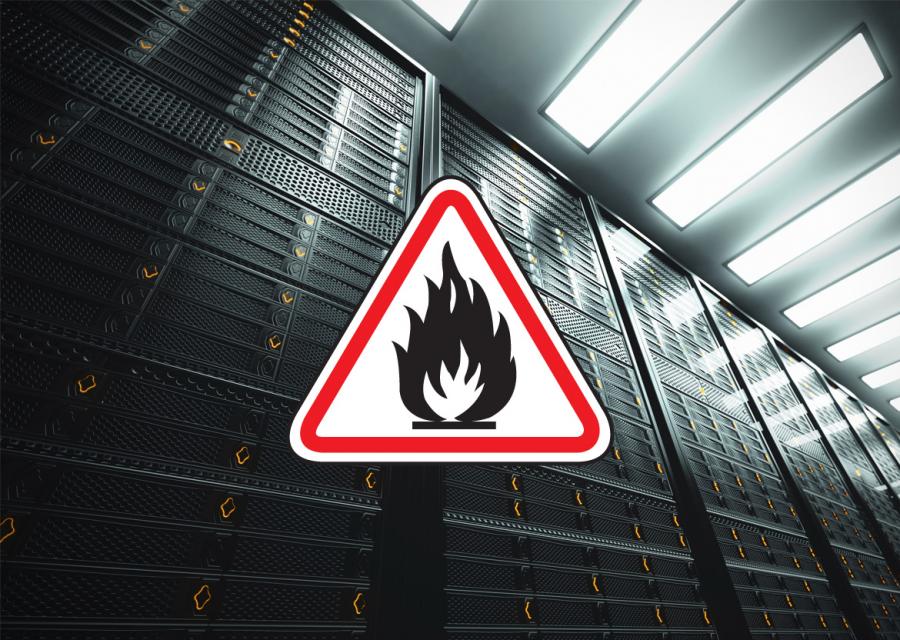Data Centre fires: the most revolutionary prevention and extinction current systems

It is undeniable that in an increasingly digital environment, the data centre industry is becoming more and more important. That is why companies must spend a good part of their resources on not only building a data centre as effectively and efficiently as possible, but also on its maintenance and the creation of recovery plans, given the large number of specific characteristics that make them more vulnerable to potential disasters whose impact can be catastrophic if not contained quickly, such as a fire: large amount of plastic materials, cabling, high concentration of energy, non-visible elements in false ceilings, etc. In fact, there are currently NFPA 75 and 76 standards for fire prevention in data centres, which must be complied by any company that builds one, establishing the minimum requirements for the protection of technological equipment and its location areas.
The first fire extinguishing system we will talk about is the oxygen reduction or hypoxia one. In this method, the gas is stored in liquid form in order to have a higher amount of it. When this system is activated, it reduces the oxygen concentration in the room in a short time, preventing combustion and making it impossible for the flame to start. It does not damage the equipment in any way, so that in case of fire, less work will be required to restart all the devices. Although it uses environmentally friendly gases, we find that it is very dangerous for environments where workers are physically present because by lowering the oxygen concentration in the room, the people inside will asphyxiate and could choke.
As an alternative, there is the fluorinated gas system. These gases are applied directly to the flame, cooling and extinguishing it. Like the previous one, it stores the gas in a liquefied form to obtain a major quantity. When it is activated, it only needs a small concentration to extinguish the fire, reducing maintenance costs. The gas released is not highly harmful to people, but it is highly polluting for the environment, as it is composed of HFCs gases. Because of the requiring from the gas to be aimed directly at the base of the flame, a set of pipes needs to be laid throughout the room, taking up space and increasing the cost of installation compared to the oxygen reduction system.
The last revolutionary alternative is water mist. Its operation is based on the rapid evaporation of the water, absorbing the heat better, causing a displacement of oxygen that generates a larger droplet surface. The cooling and wetting effect allows a more effective fight against fire, using a minimum amount of water in extinction. This method is not polluting neither for the environment nor for the people who may be in the room at the time of the fire, since it is based on the application of water. However, leaving aside its great efficiency, this system can damage the devices by oxidizing them, since when water evaporates in the room, its humidity increases exponentially, affecting the inside of the electronic devices that are within the reach of this system.
With our view set on the preparation of the project that we have to carry out in the subject of "Network Management and Planning", we will investigate further on the inclusion of all these fire countermeasures, studying what could be the aspects to be taken into account keeping you informed about our progress in subsequent entries. Thank you very much for your time spent reading us!
Arturo Moseguí and Enric Sasselli